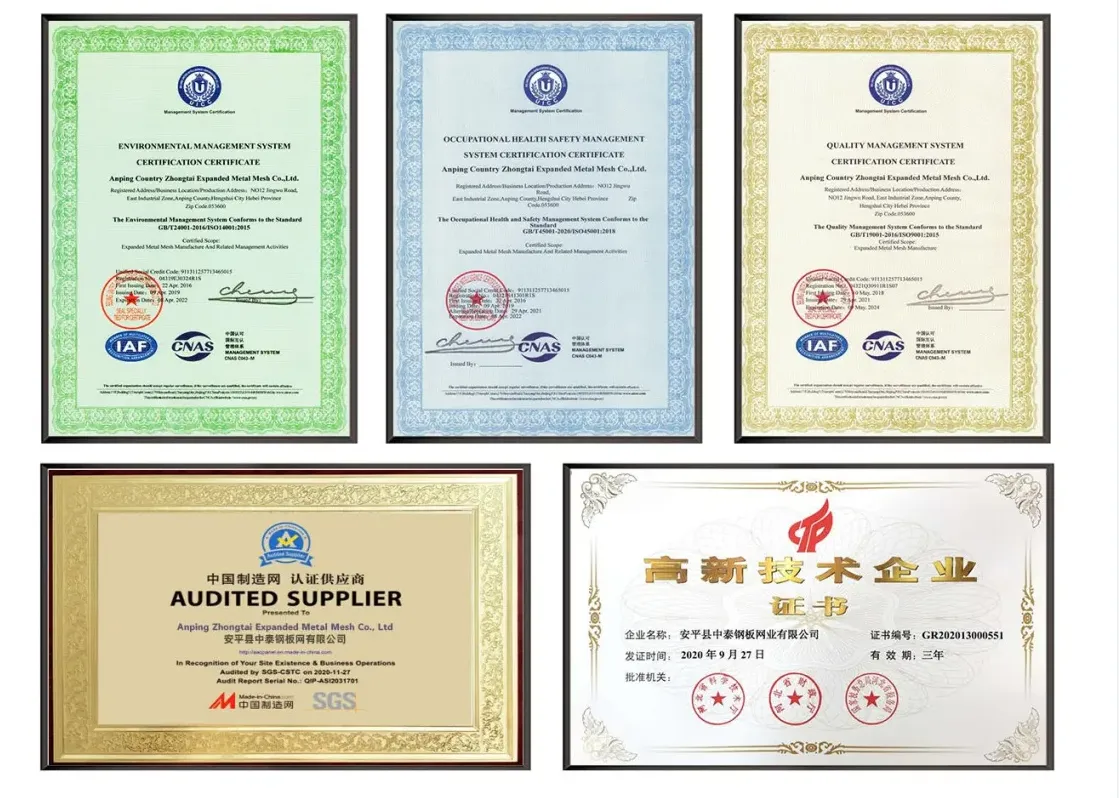Netting for Climbing Vegetables A Guide to Support and Protection
Climbing vegetables have become increasingly popular among gardeners seeking to maximize their yields while saving space. Varieties like pole beans, cucumbers, peas, and climbing tomatoes not only provide delicious produce but also add vertical interest to the garden. However, to get the most out of these plants, proper support is essential. This is where netting comes into play. In this article, we will explore the benefits of netting for climbing vegetables, the different types of netting available, and tips for proper installation.
Why Use Netting?
Netting serves multiple purposes in the cultivation of climbing vegetables. First and foremost, it provides essential support that allows plants to grow upward rather than sprawling across the ground. By encouraging vertical growth, netting can help improve air circulation around the plants, reducing the risk of diseases that often thrive in damp, crowded conditions. Additionally, climbing vegetables trained on netting are easier to harvest and inspect for pests, as the fruit is more visible and accessible.
In addition to supporting the plants, netting also serves as a protective barrier against pests. Many climbing vegetables are attractive to insects like aphids, beetles, and caterpillars. By using fine mesh netting, gardeners can shield their crops from these unwanted visitors while still allowing sunlight and rain to nourish the plants.
Types of Netting
When it comes to netting for climbing vegetables, there are several options to consider. The choice of netting often depends on the type of plant being supported and the specific challenges faced in the garden.
1. Trellis Netting This type of netting is specifically designed for providing support to climbing plants. Made from durable materials, trellis netting is typically constructed with large openings to accommodate the growth of vines and make harvesting easy. It can be attached to wooden or metal frames for a sturdier structure, making it ideal for heavy producers like climbing tomatoes and cucumbers.
2. Bird Netting For gardeners looking to keep birds at bay, bird netting offers a lightweight solution. While it primarily focuses on protecting fruit from feathered pests, it can also provide some support to lighter climbing vegetables like peas and beans. Ensure that the netting has small enough openings to prevent birds from getting trapped.
3. Insect Mesh Netting Fine mesh netting is an excellent option for protecting plants from small insects. This type of netting blocks pests while allowing sunlight and air to pass through. It is especially useful for sensitive crops like peas and beans that may be vulnerable to aphids.
netting for climbing vegetables

4. Construction Fabric For a quick and cost-effective solution, many gardeners opt for construction mesh or fencing. These materials are often found in hardware stores and provide a rigid framework for climbing plants. However, they may require additional support to keep them upright.
Installation Tips
Proper installation of netting is crucial for its effectiveness. Here are some tips to get started
- Choose the Right Location Ensure that the trellis or netting is placed in an area that receives adequate sunlight. Climbing vegetables thrive in full sun, so their support system should not cast shadows.
- Secure the Base When installing netting, make sure to secure the base firmly. If using a trellis, anchor it in the ground or use stakes to prevent it from toppling over as the plants grow heavier.
- Gentle Training As the plants start to grow, gently guide the vines towards the netting. Avoid forcing the plants, as this could damage delicate stems. Many plants will naturally cling to the netting with their tendrils.
- Regular Maintenance Throughout the growing season, check the netting for any signs of wear or damage. Perform regular inspections to ensure that the plants are adequately supported and that the netting remains free from debris.
Conclusion
Netting for climbing vegetables is an invaluable tool for gardeners looking to enhance their gardening experience. By providing support and protection for these productive plants, netting not only helps in maximizing yield but also minimizes the effort involved in pest control and harvesting. Whether using trellis netting, insect mesh, or construction fabric, the right netting can transform your gardening approach and lead to bountiful harvests. Embrace the vertical gardening trend and watch your climbing vegetables thrive!
-
Why Galvanized Trench Cover Steel Grating Resists Corrosion
NewsJul.10,2025
-
The Versatility and Strength of Stainless Expanded Metal Mesh
NewsJul.10,2025
-
Load Calculations in Steel Grating Platforms
NewsJul.10,2025
-
Keeping Pets and Kids Safe with Chicken Wire Deck Railing
NewsJul.10,2025
-
Hole Diameter and Pitch for Round Perforated Metal Sheets
NewsJul.10,2025
-
Aluminium Diamond Mesh in Modern Architecture
NewsJul.10,2025
Subscribe now!
Stay up to date with the latest on Fry Steeland industry news.

